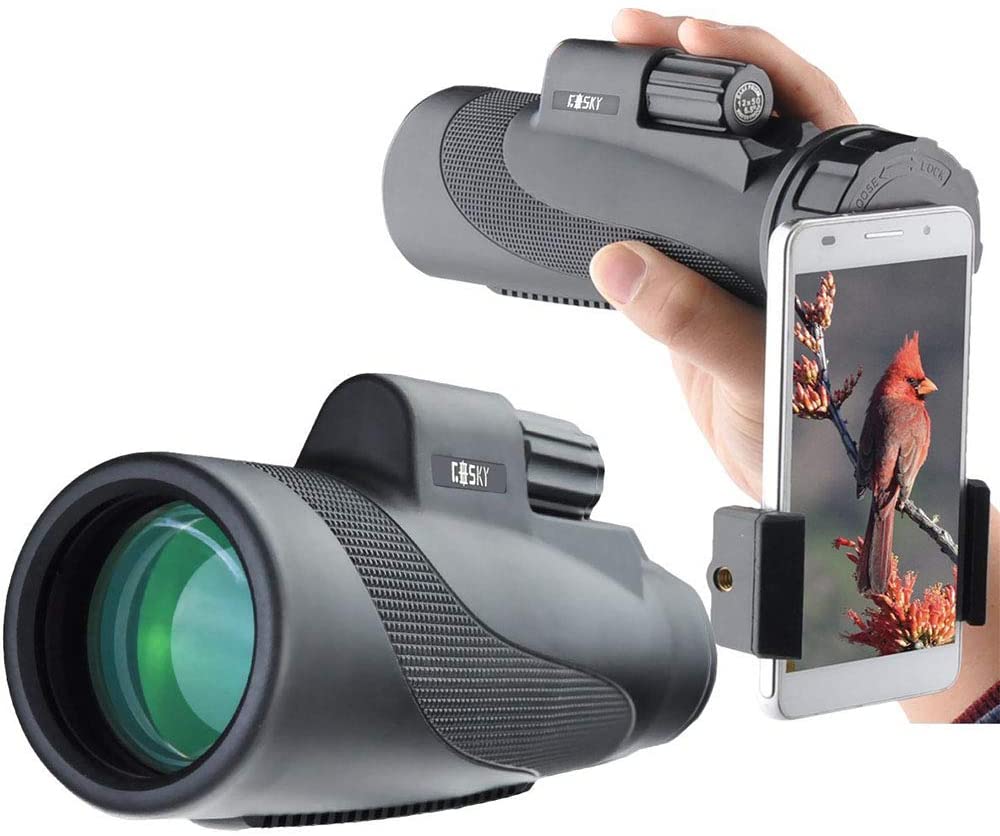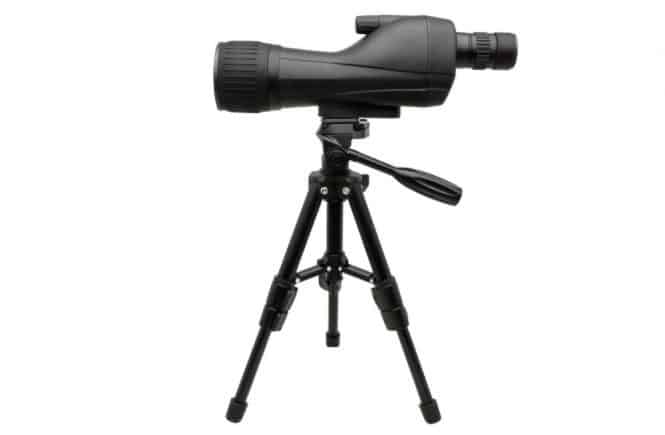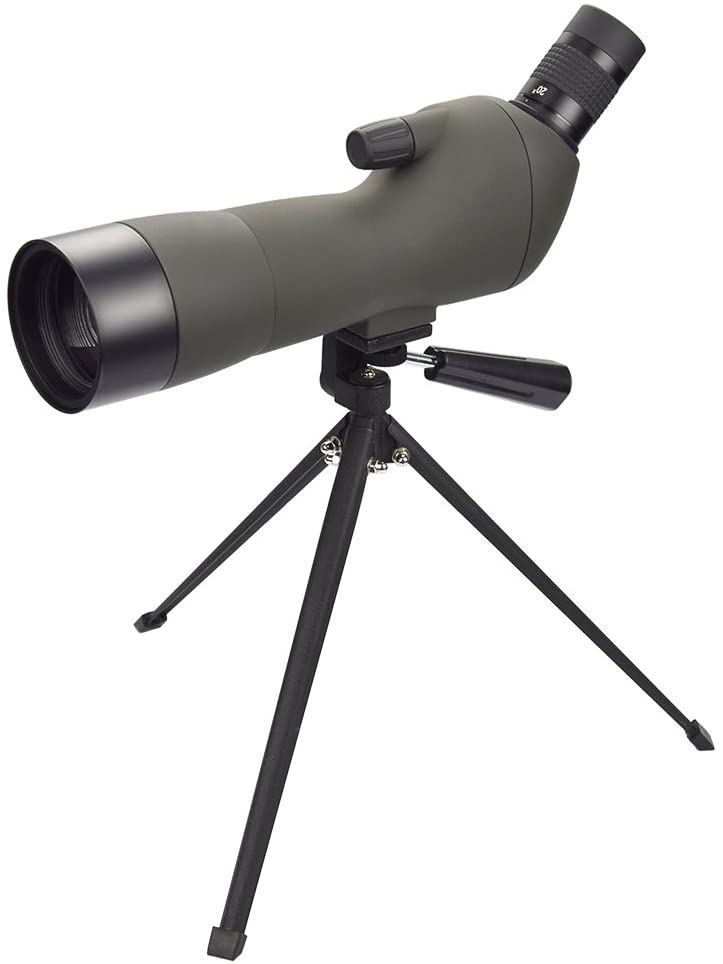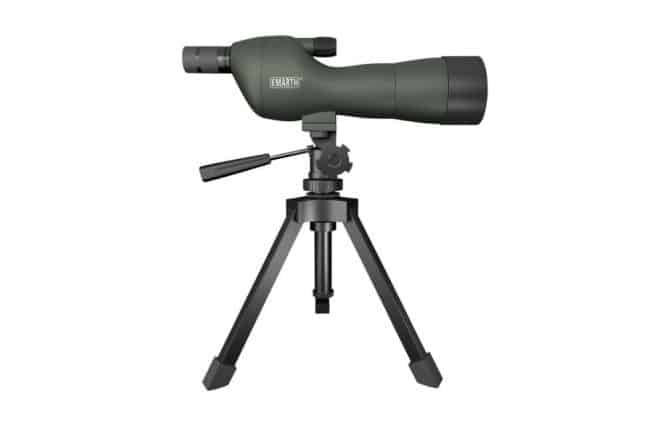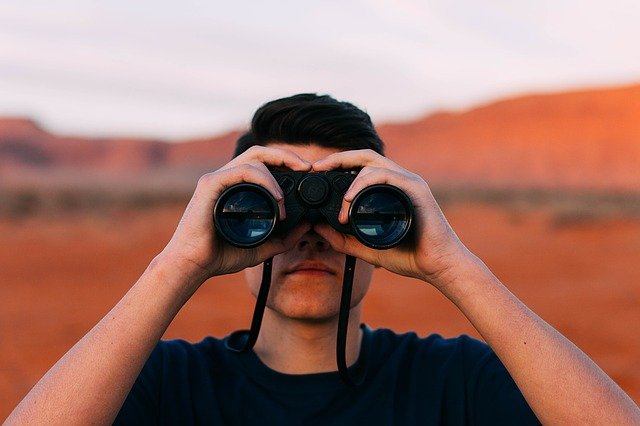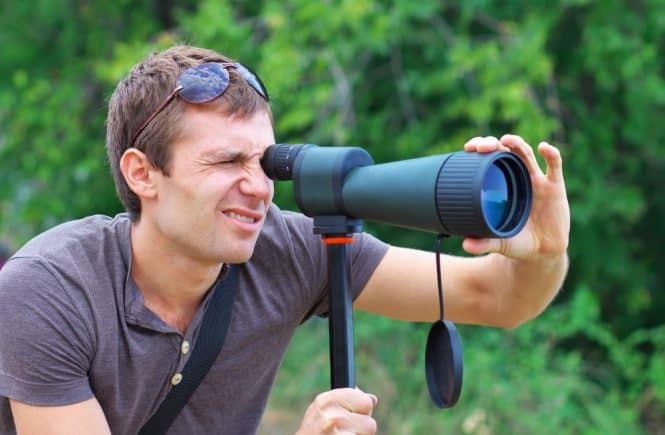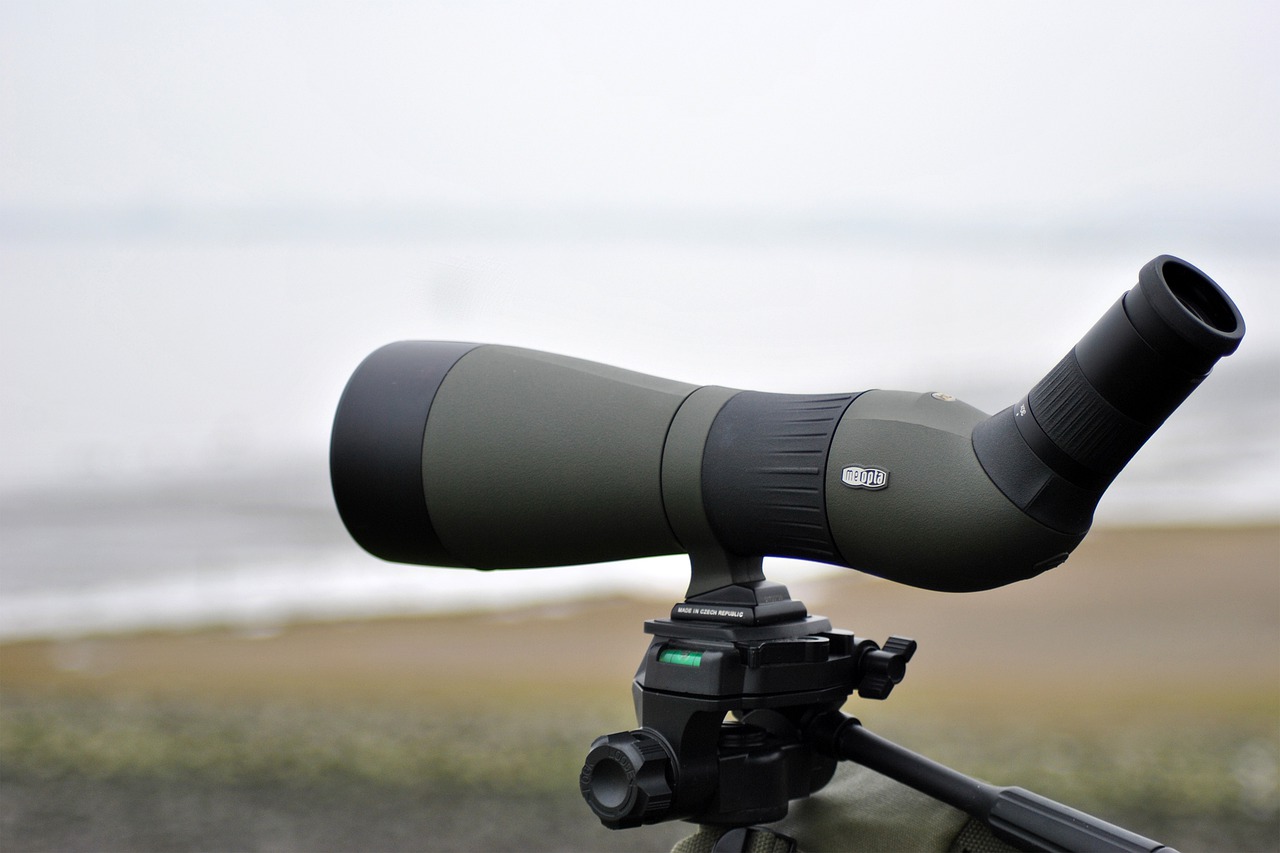
A&W Outlets
The Best Spotting Scope Reviews and Advice
A Beginner's Guide to Buying a Spotting Scope

This site contains affiliate links to products. We may receive a commission for purchases made via these links.
Table of Contents
Introduction
Those who love outdoors and enjoy what any beautiful scenery it can offer would most likely invest in a tool that will help them best enjoy their viewing experience. There are many choices available such as a telescope, a monoscope, and a spotting scope, which many people prefer to buy and carry around for a variety of reasons. But, what is a good spotting scope?
Before we go ahead and discern a good spotting scope, let’s first establish the things we need to know about it.
The Basics of a Spotting Scope
The spotting scope is a small telescope that is highly portable. It has added optics so that the tool can present erect images that are optimized for the viewing and observation of terrestrial objects.
Spotting scopes, due to their design, are widely used for bird watching, hunting, ranging and surveillance, and other naturalist activities. It is also the preferred tool to use when more magnification than what a pair of binoculars can provide is needed.
The Pros of Using a Spotting Scope
There are many reasons why a spotting scope is worthy of one’s investment and among these are its high power as well as zoom capabilities. This scope can also collect more light and work in low-light situations. Those who use this scope long enough would say how much they enjoy seeing the acute glassing. It is also perfect for those who love long-distance viewing and shooting.
The portability of a spotting scope cannot be denied as well as many models that are available on the market today allow for hands-free use and have a compact built.
Moreover, hobbyists and nature lovers also prefer to use a spotting scope because it allows them to observe the wildlife from afar. This means viewers can continue watching their objects without the fear of disturbing them. Those taking photos also benefit from a spotting scope because of its efficiency with the range details.
Telephotography and digiscoping can be done with this scope since images are clear despite long distances.
The Cons of Using a Spotting Scope
Like any item, a spotting scope has its disadvantages, too. For example, when compared to a monoscope, a spotting scope is less portable as it is larger and heavier. One also need to set up a tripod for a spotting scope, thus making the walk or hike to the nature spot a bit more inconvenient. The spotting scope also has problems using higher magnification. Not to mention, many spotting scopes are not weatherproof.
Key Factors to Consider
There are plenty of spotting scopes on the market. The many choices available may, however, confuse buyers. Like with any product, there are vital features buyers should look for when shopping for a spotting scope.
Objective Lens
When buying a spotting scope keep in mind that the bigger objective lens provides more details and better image quality when using higher magnifications. Yes, the size of the lens does matter. However, it is not everything as the lens quality is equally essential.
If your budget is limited, and you have to choose between getting a better-quality objective lens or a bigger objective lens, then always select the former option since it will produce quality images despite its small size.
Magnification
There are two points to consider in determining the needed magnification for a particular spotting scope. The first is the viewing condition or the atmosphere of the surroundings, and the other is the optical system.
A spotting scope tends to produce poor quality images when it is used in a high atmosphere with strong air currents and winds, glare, heat waves, dust, and humidity. Keep in mind that for dry weather and high altitude sites, the scope needs to use high magnification while for wet atmosphere and low altitude locations, the scope requires low magnification. As such, the atmosphere of the site and its viewing condition are among the factors that affect the required magnification.
Moreover, some pricey spotting scopes often come with a high-quality optical system, which is useful in keeping the image’s quality when magnification is increased. Hence, the quality of the magnified images is also directly affected by the quality of the optical system.
Image Quality
When you ask experts what is a good spotting scope, they would answer that a proper spotting scope gives excellent image quality. After all, the beauty of what one is viewing is best enjoyed with clear images.
Arguably, spotting scopes with a hefty price tag are often high-performers in this department, and less is expected of the low- and mid-priced scopes.
Eye Relief
If you are using eyeglasses, then it is best to pay attention to the eye relief feature of the scope, which is the distance between the eyepiece and the eyes when viewing through the tool. Those wearing glasses need to find a scope with at least 14-mm eye relief and higher if the user has thicker eyeglass lenses.
Lens Coating
Lens coatings are either single-coated, fully coated or multi-coated. Of the three, the fully multi-coated is the best choice. The lens coating is essential since it’s the one that aids the light transmission when using high magnification.
Caring for Your Spotting Scope
Spotting scopes are often used outdoors, which means that the tool can accumulate dust, dirt, and grime particularly when it is exposed to winds, rains, and fogs. Keep in mind that the accumulation of these elements may cause the spotting scope to break down. For example, dust particles can clog the focus wheel or even scratch the lens and eventually obstruct the view.
It is also best to note that proper maintenance of the scope is much cheaper than replacing it altogether. The best practice is to clean the item after taking it with you on a trip. Make sure that only a clean microfiber, which is usually supplied by the scope’s product maker, should be used for cleaning. Other fabrics, especially those with coarse texture may scratch the lens. Plus, pay attention to the pressure you use when cleaning as excessive force could also result in a scratched lens.
Lastly, store the spotting scope in its original box or a proper storage container, and place it in a cool, dry place when not in use.
A spotting scope is a significant investment. Hence it is essential to take care of this device. Otherwise, you can say goodbye not just to the hard-earned money you spent on this tool, but also to the breathtaking views you ought to see in the first place.
Latest Reviews
Latest Articles
Follow Us
© 2021 AW OUTLETS
